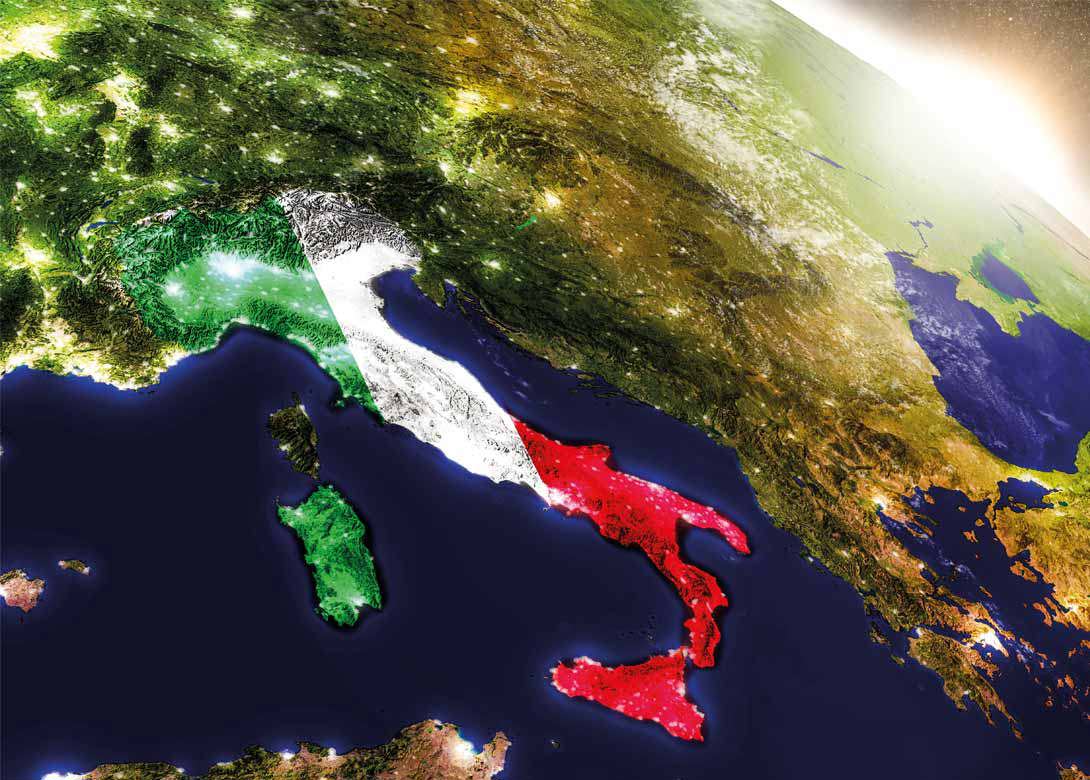European fastener market insight: Italy
19 July 2016

SACMA Group
In order to analyse the Italian market situation in the last decade we cannot avoid to consider the impact the global crisis had. This crisis, which began in 2009, accelerated the process in the organisation/strategy change many industries had started since entering the Euro zone.
Above all, more than a logical internal restructuring to reduce the costs and to search for a better efficiency in the production processes, the major impact has been a stronger push towards internationalisation and this was due to the huge recession of the internal market.
As for SACMA Group, sales in the foreign markets went from 40% in 2006 to 75% in 2016 with a 25% growth in turnover. To contrast with this drastic situation, Italian enterprises had to face a lot of organisational changes. The typical Italian business structure is represented by the SMEs. They are normally owned by an entrepreneurial family. This characteristic makes the change easier as the decisional process and its implementation are almost
immediate. However, it also represents a limit to the dimensional growth and to the internationalisation in terms of the number of markets and complexity.
For this reason, in the majority of the Italian enterprises, new workforces have been gradually introduced. They contributed to a new more managerial approach in the strategic and operational business management.
Generally speaking we can say that, as for the impact on the products, the operating margins reduction made the efficiency and the profitability of means of production very critical. This led the businesses to improve both their own products and the production processes for their implementation.
As far as SACMA Group is concerned, we’d like to recall that in the last decade more than €50 million has been invested in new means of production and in the build up of the already existing factory space. In this competitive environment, it is essential to grant the customers the best service ever and the immediate spare parts availability everywhere in the world. It is more than vital to own spare parts stock and centres for the technical assistance in the most important market areas.
Nowadays SACMA owns a main stock with more than 4,000 pallets and 100,000 available codes in addition to local stocks with specialised workforce in the USA, Germany, Brazil and China.
We are convinced that only businesses with a very large product range, a widespread spare parts and post sale service, the ability to innovate, and strong financial support and production facilities, can be successful in the market of the future.
Ambrovit SpA
After three years of contraction, in 2015 the Italian GNP grew by 0.8%. However, the Bank of Italy recently cut the forecast for economic growth in 2016 from 1.5% (January projections) to 1.1%
Families’ consumptions have increased, but the unemployment rates are still well above the pre-crisis level, with nearly 40% of 15 – 24 year olds without work according to Eurostat, the Statistical Office of the European Union.
What’s more, the National Institute of Statistics (Istat) has reported that in May the country recorded the fourth straight month of deflation, while the industrial production value is lower by 31% if compared to the highest pre-crisis levels.
It goes without saying, Italian companies were strongly hit by the global financial crisis, although the most forward looking ones amongst them managed to invest in quality. The luxury goods industry has continued to grow, aided by the rising number of consumers in the emerging markets, while the electrical appliance market has shrunk. According to Istat, exports are leading the production growth. Small businesses, the backbone of our
economy, are suffering recession, while the medium and big ones are registering the best results (€3 billion of surplus value in 2015).
Italian fastener industry
The fastener industry, whose products are versatile as they are not linked to a single sector but instead used for a variety of applications, has been slowly recovering from the crisis since 2014. Importers are still conditioned by the 2009 anti-dumping on Chinese fasteners and by the uncertainty of the market that followed its recent repeal. Nonetheless, according to the UN
Comtrade, Italy is the sixth global exporter of screws and bolts, for a total value of US$1.9 billion (€1.7 billion), and what’s more, after five years of dependence from exports, Italian producers have observed a relevant growth of the internal market. There are 151 main wholesalers specialised in hardware, mostly located in the northern regions, and 41,776 stores, mainly based in the south, which diminished by 1.5% between 2014 and 2015. Sales over the
internet only represent 1%, although they are increasing.
An Italian company has to face many challenges, such as one of the highest total tax rates in Europe, an excess of bureaucracy, a lack of investments, and a non-flexible labour market. There are still many improvement opportunities, yet we breathe a trustful mood.


